Category: Science
-
Water Can Boil and Freeze at the Same Time
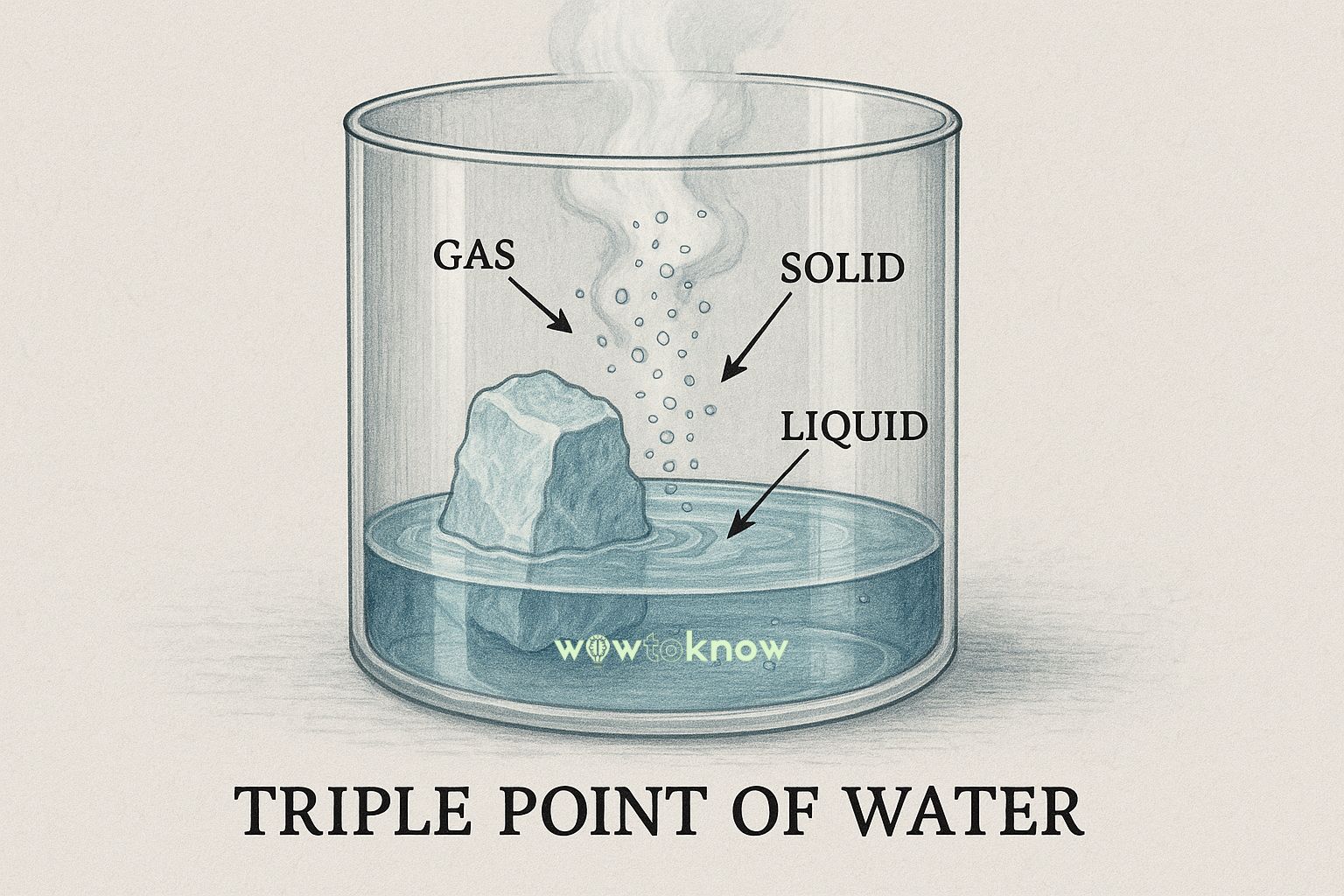
It sounds impossible, but under a rare condition called the triple point, water can boil and freeze at the exact same time. Learn the science behind this strange fact – and why it matters in physics, space, and labs.
-
The Eiffel Tower Can Grow More Than Six Inches During Summer

Heat causes the Eiffel Tower to expand each summer – enough to grow over six inches taller. Discover the science behind its seasonal shift in height.
-
There’s Enough DNA in the Human Body to Stretch from the Sun to Pluto and Back

The DNA in your body, if uncoiled, could stretch over 10 billion miles – enough to go from the Sun to Pluto and back. Here’s how that’s even possible.
-
Fact Check: Does Honey Really Never Spoil?

Archaeologists found 3,000-year-old honey in Egyptian tombs – and it was still edible. But why doesn’t honey go bad? Here’s the science behind honey’s incredible shelf life.
-
The Longest Scientific Experiment: The Pitch Drop Experiment

The Longest Scientific Experiment, begun in 1927, demonstrates pitch’s slow-flowing liquid nature. Despite its solidity, pitch drips every 8-12 years, illustrating viscoelasticity.
-
Quantum Supremacy Achieved: Google’s Sycamore Quantum Computer Breakthrough

In October 2019, Google’s Sycamore quantum computer achieved “quantum supremacy,” solving a problem in 200 seconds that would take classical supercomputers 10,000 years.
-
First Image of a Black Hole: A Milestone in Astrophysics
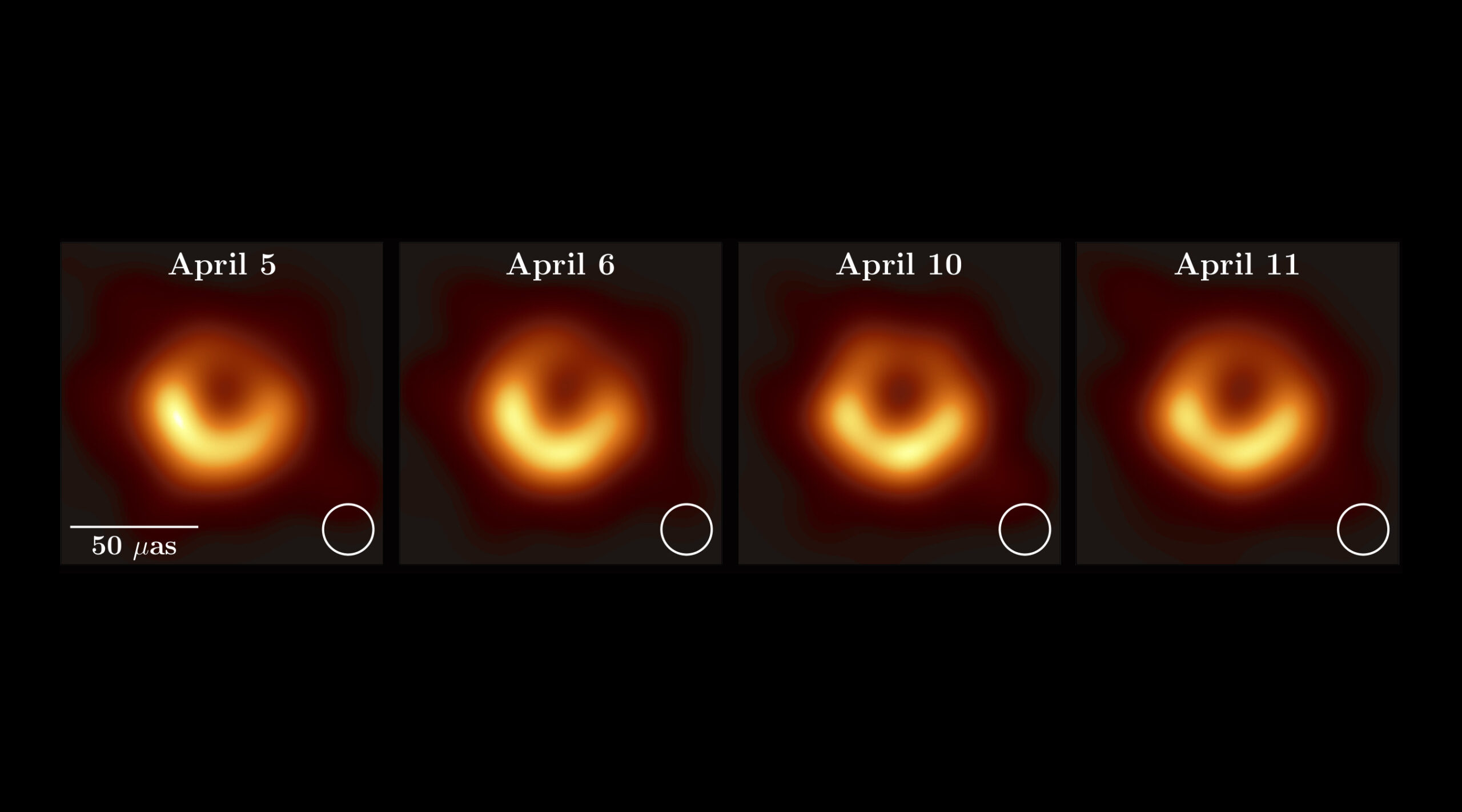
In April 2019, the Event Horizon Telescope captured the first image of a black hole, M87*, confirming Einstein’s theories and advancing our understanding of the universe.
-
Unveiling the Quantum Enigma: The Astonishing Double-Slit Experiment
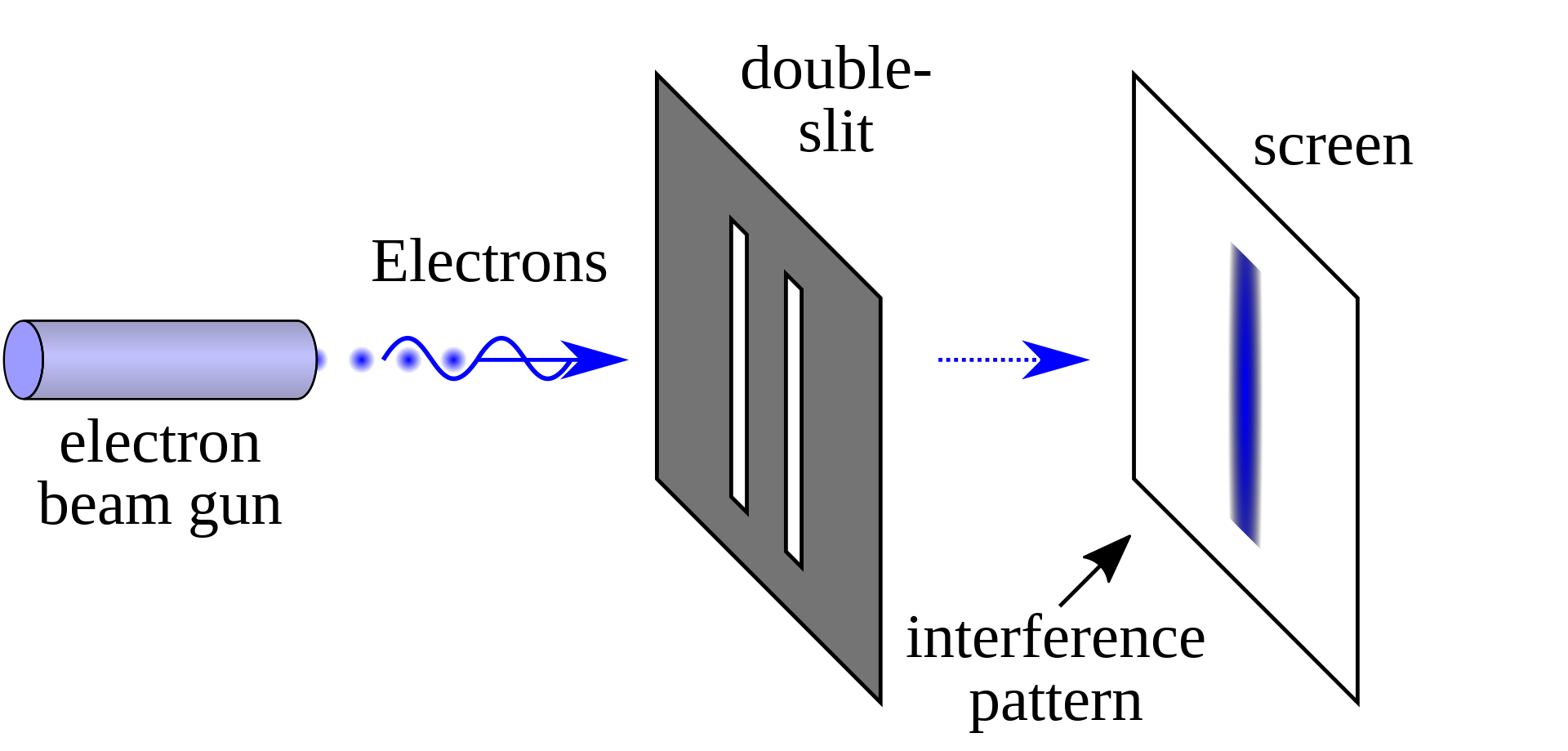
Discover the paradoxical behavior of particles as they exhibit wave-particle duality and quantum entanglement, challenging classical physics and offering profound insights into the nature of reality. Probing the Depths of Quantum Reality In the intricate realm of quantum physics, where the rules of classical physics dance on the edge of the unknown, the Double-Slit Experiment…
-
Ink Beyond Gravity: The Celestial Odyssey of the Space Pen
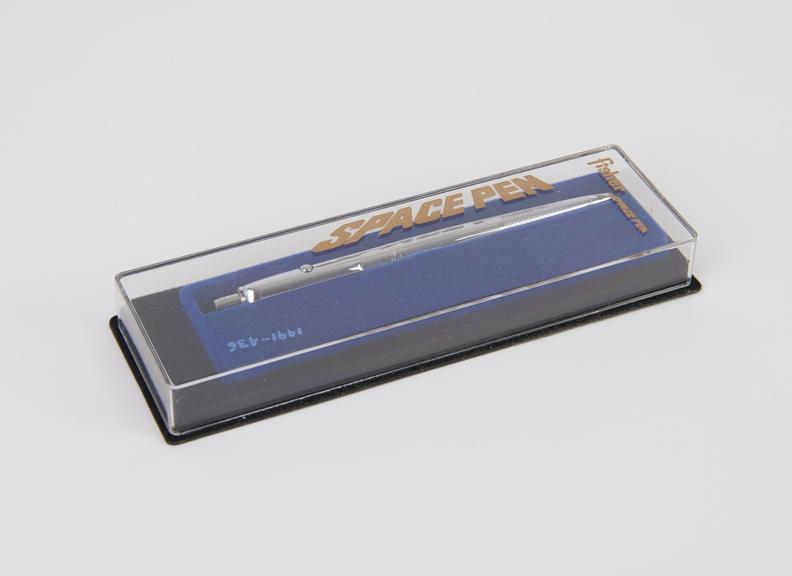
Discover the extraordinary journey of the Fisher Space Pen. Follow the tale of human ingenuity and perseverance as Paul C. Fisher defies the limits of gravity to create a writing instrument that transcends earthly boundaries. From its humble beginnings to becoming a symbol of resilience and exploration, this story celebrates the timeless triumph of innovation…
-
Fact Check: Is LK-99 the First Room-Temperature Superconductor?
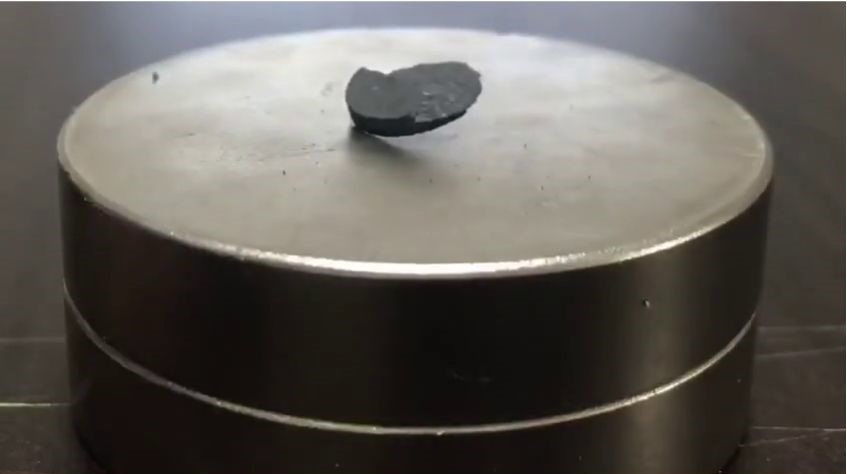
Korean scientists claim to have discovered the first room-temperature superconductor efficient at normal atmospheric pressure. It is called LK-99. Does this mean we’ll soon have cheap energy, superfast computers, and levitating trains everywhere? Let’s check this out.
Categories
- All Facts
- Business & Finance
- Entertainment
- History
- Nature
- People & Society
- Places
- Science
- Space
- Technology
Recent facts
-
Water Can Boil and Freeze at the Same Time
-
Wombat Feces Are Cube-Shaped
-
The Eiffel Tower Can Grow More Than Six Inches During Summer
-
The Shortest War in History Lasted 38 to 45 Minutes
-
Octopuses Have Three Hearts and Blue Blood
-
There’s Enough DNA in the Human Body to Stretch from the Sun to Pluto and Back
-
Bananas Are Berries, but Strawberries Aren’t
-
Fact Check: Does Honey Really Never Spoil?
-
Sharks Existed Before Trees
-
From Spilled Beans to Ice Breakers: The Surprising Origins of Common Idioms
Tags
Achievements Animals Architecture Biology Botany Daily Life Engineering Evolution Fact Check Fashion Firsts Food Health Historical Events Innovations Internet Inventions Language Law Money Music Physics Record Breakers Scams Social Media Solar System Tech History Universe WTF Business
